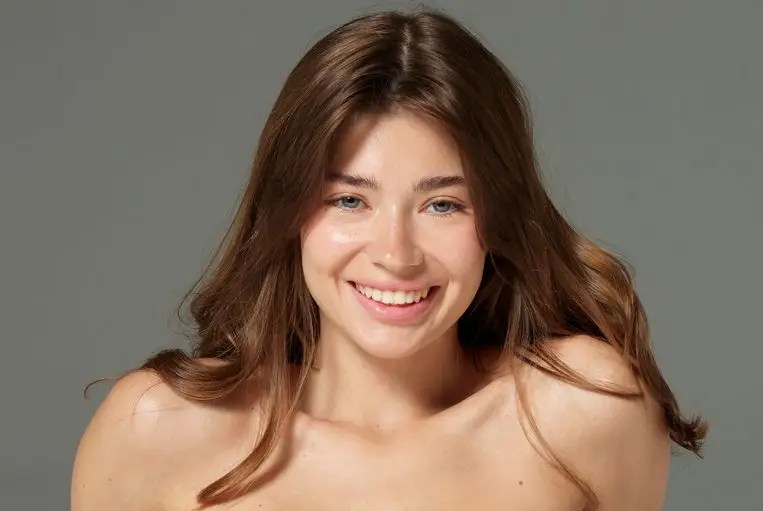In recent years, the name Bule Barbie has gained significant attention across social media platforms, sparking curiosity and debate. But who exactly is Bule Barbie? Where did she come from, and why has she become such a viral sensation? This article delves into the origins, rise to fame, controversies, and cultural impact of Bule Barbie.
The Origins of Bule Barbie
The term Bule Barbie translates to “White Barbie” in Indonesian, where bule is a colloquial term for a white foreigner, often used in Indonesia and other Southeast Asian countries. The nickname was first associated with a young, blonde, blue-eyed woman who gained popularity in Indonesia for her striking resemblance to the iconic Barbie doll.
While several women have been nicknamed “Bule Barbie” over the years, the most prominent figure linked to this name is Anna Sueangam-iam, a Thai model and influencer who went viral for her doll-like appearance. However, the title has also been used for other social media personalities and models who fit the “living Barbie” aesthetic—flawless skin, exaggerated feminine features, and a glamorous lifestyle.
The Rise to Fame
Bule Barbie’s fame can be attributed to the power of social media, particularly Instagram and TikTok, where users are drawn to visually striking content. Her rise followed a trend of “real-life dolls,” where influencers use makeup, filters, and sometimes cosmetic enhancements to emulate the exaggerated features of a Barbie doll.
-
Instagram & TikTok Presence – Many women labeled as Bule Barbie have amassed millions of followers by posting photos and videos showcasing their doll-like beauty, fashion, and lifestyle.
-
Viral Comparisons – Some gained attention after fans compared them to Margot Robbie’s portrayal of Barbie in the 2023 Barbie movie, further fueling their online fame.
-
Brand Collaborations – Due to their massive following, Bule Barbie influencers often collaborate with beauty, fashion, and lifestyle brands, monetizing their online presence.
Controversies Surrounding Bule Barbie
With fame comes scrutiny, and Bule Barbie has faced her fair share of controversies:
1. Cultural Appropriation & Beauty Standards
Some critics argue that the Bule Barbie phenomenon reinforces Eurocentric beauty standards, promoting the idea that fair skin, blonde hair, and blue eyes are the epitome of beauty. In countries like Indonesia and Thailand, where many women face societal pressure to have lighter skin, this trend has sparked debates about colorism and self-acceptance.
2. Cosmetic Enhancements & Unrealistic Beauty
Many Bule Barbie influencers admit to undergoing cosmetic procedures—such as rhinoplasty, lip fillers, and skin whitening treatments—to achieve their look. While there’s nothing wrong with personal choices, some argue that this promotes unrealistic beauty standards, especially among young followers.
3. Authenticity & Social Media Influence
As with many internet personalities, questions about authenticity arise. Some followers accuse Bule Barbie influencers of relying heavily on filters, Photoshop, and staged content, creating an illusion rather than a genuine representation of beauty.
The Cultural Impact of Bule Barbie
Despite the controversies, Bule Barbie has undeniably left a mark on pop culture:
-
Beauty Trends – Her look has inspired makeup tutorials, fashion trends, and even cosmetic surgery requests, with fans wanting to replicate her doll-like appearance.
-
Social Media Phenomenon – She represents the growing trend of “Instagram face,” where influencers adopt similar exaggerated features to maximize engagement.
-
Discussions on Beauty Ideals – The Bule Barbie trend has sparked important conversations about global beauty standards, self-image, and the influence of social media.
Conclusion: Is Bule Barbie Just a Trend or Here to Stay?
Bule Barbie is more than just a viral nickname—it’s a cultural phenomenon that reflects society’s fascination with beauty, fame, and digital personas. While some admire her for her glamorous aesthetic, others criticize the implications of her popularity.
Whether Bule Barbie remains a lasting icon or fades as a passing trend depends on how beauty standards evolve in the digital age. One thing is certain: she has cemented her place in the world of social media stardom, for better or worse.
Would you follow a Bule Barbie, or do you think this trend promotes unrealistic beauty ideals? Let us know in the comments!


